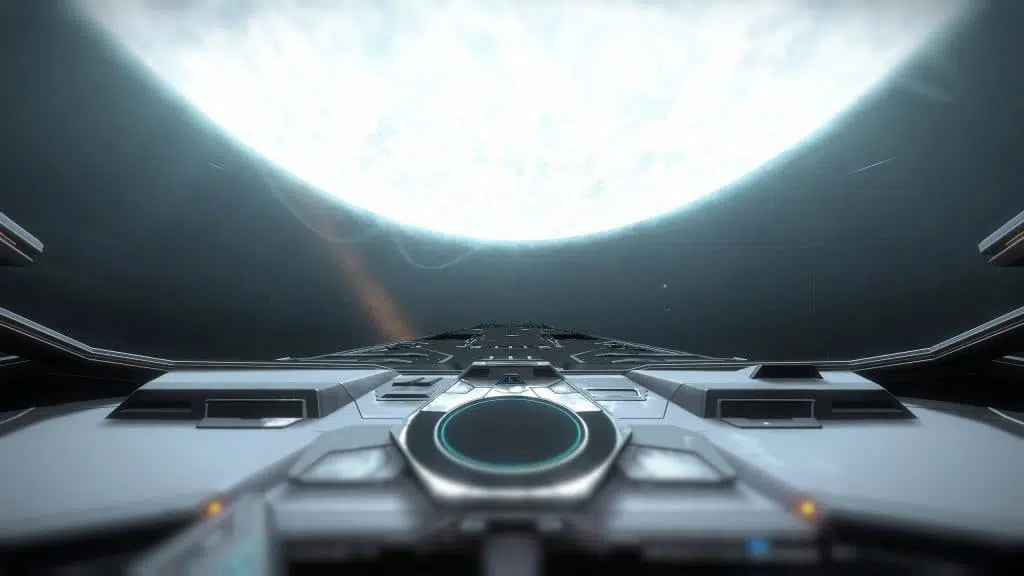Make a game (not) a good one is a series of obiter dictum that discusses the good or bad in video games. Procedural generation has been hugely popularised lately, up to the extreme point where it’s being sold as a synonym to ‘bloody awesome’. But is it?
Tons upon tons of games use procedural generation, to a variety of extents. Where Left 4 Dead (2) throws algorithmic zombified hordes atcha, Torchlight (2) crunches the numbers on the dungeon layout and its loot content before hurtling you in like a lab rat in some twisted mathematical experiment.
With core events, the world, the over-arching narrative scripted though, what this subtle near-randomisation aims to do is to break out of stereotype. No matter how awesome Torchlight or Left 4 Dead are, let’s face it, they don’t sport much of a mechanical variety. The procedural aspect is there to merely spice it all up a bit. The rest is always the same, familiar, good old. And I feel it’s very important that it is.

Randomised maps in Left 4 Dead would simply take away more than they could ever bring. Familiarity with the map is an inseparable part of the experience. It’s as much part of the fun as it is of sense of location, character, and the immersion that comes necessarily with it. The same applies to scripted ‘hubs’ in Torchlight. But what if someone decides to go mental over it and procedurally generate, well, virtually everything?
There’s no doubt about the fact that procedurally generated game worlds go hand-in-hand with one thing: size. They’re almost exclusively beyond-comprehension massive. A good thing, yes? Tons of shit to do! Sandbox galore! Emergent narrative, emergent gameplay! “Blaze your own trail”! Value for money (some people may find that important for some reason)! Procedural generation in such cases – e.g. Elite: Dangerous and No Man’s Sky – goes way beyond just ‘spicing things up a bit’. It goes all the way to the very core. The ambition here isn’t just replayability, it’s infinite replayability. Let me say it how it sits on my mind right now. There is no such thing as infinite replayability in video games.

If not more quickly, both Elite: Dangerous and No Man’s Sky will fall flat on their face much, much more violently than any of your ‘standard’, scripted experiences. It’s usually the little details that one notices first, looping assets, identical gameplay emergencies, strange anomalies in the procedural matrix. Try as the games might to obscure it with manually injected scripted content (Elite: Dangerous) or fairly rudimentary ‘survival’ gameplay loops and hoops (No Man’s Sky), the fun factor usually nose-dives from there.
Mathematics, no matter how complex or clever, are incapable of sparking emotions even remotely close to a thought-out scripted series of events. Randomisation is not equal to surprise. Variety, when ‘infinitised’, isn’t variety anymore. It’s just the same shit over and over again, forever.

Think about it before you jump on the, evidently very in and very hip, procedurally generated game worlds bandwagon. Pay special attention to those two magic words being swung around with garnish like ‘sandbox’ or ‘infinite’. I enjoyed Elite: Dangerous a great deal, and I’m still enjoying No Man’s Sky. But they have an expiry date and it’s as if it was almost their job to hide the fact. In the end though, as is the case with everything consumed past its expiry date, things tend to get ugly.










